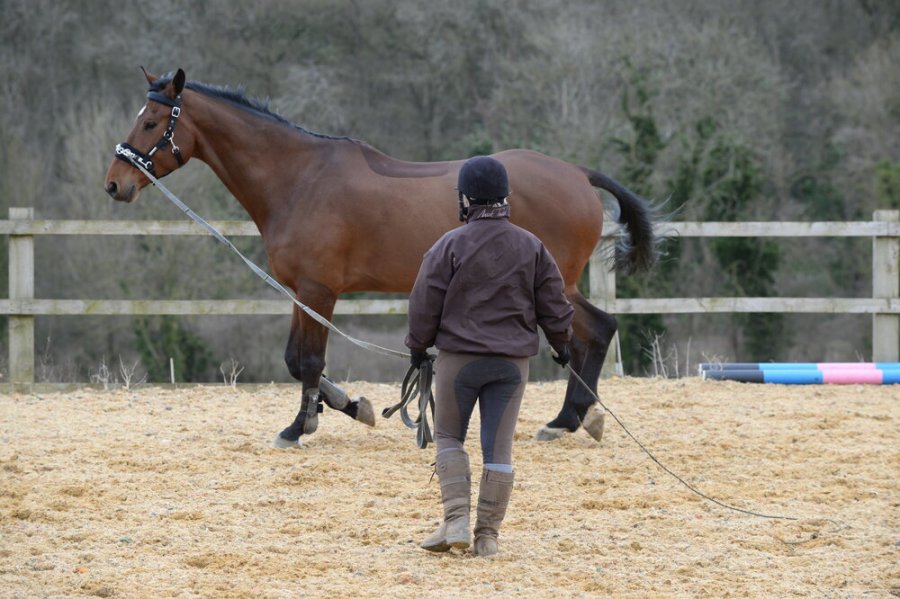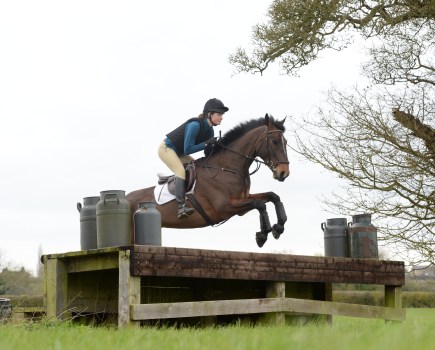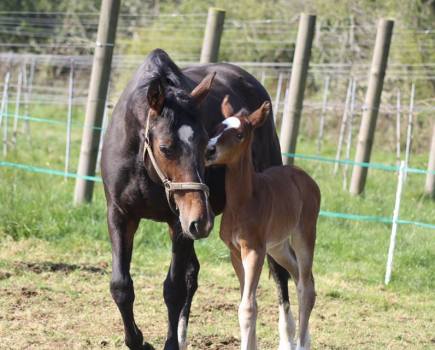A lunging cavesson is an important piece of kit that you will need for lunging a horse. It has several metal rings fitted on the noseband to clip a lunge rein to.
Each lunging cavesson is designed slightly differently, but a good product will have padding and three metal rings on the noseband for the attachment of a lunge line or training aids. Most will be padded and fully adjustable with buckles on the headpiece and noseband for ensuring the most comfortable fit.
Some cavessons go a step further and are anatomically designed with the horse’s delicate facial structures in mind. A few also come with detachable bit clips, which means you can add a bit if one is required for your chosen training aid without having to fit a bridle underneath the cavesson.
Lunging cavesson or bridle?
A lunging cavesson is essentially a cross between a bridle and a headcollar. It is possible to lunge a horse from a bridle instead (or even using both in conjunction), and which you opt for usually comes down to personal preference.
The key difference is how the lunging rein attaches. There is a ring on the front of a cavesson, which means you are not controlling your horse via their bit.
With a bridle, your lunge line will be attached to the bit. A lunging cavesson offers more versatility than a bridle, as it has more fastenings (rings) to clip attachments to. Many riders prefer to lunge from a cavesson so they don’t interfere with their horse’s mouth.
Using a bridle and cavesson together, or a cavesson with detachable bit clips, means you can use a lunging aid such as side-reins or a Pessoa without the lunge line interfering with the horse’s mouth.
This is because the lunging aid is clipped onto the cavesson nose ring rather than the bit, so signals are much clearer for the horse.
Shop for a lunging cavesson
The type of cavesson you select will depend on your needs and budget. Take a look at a few currently on the market below:
Hy Equestrian Lunge Cavesson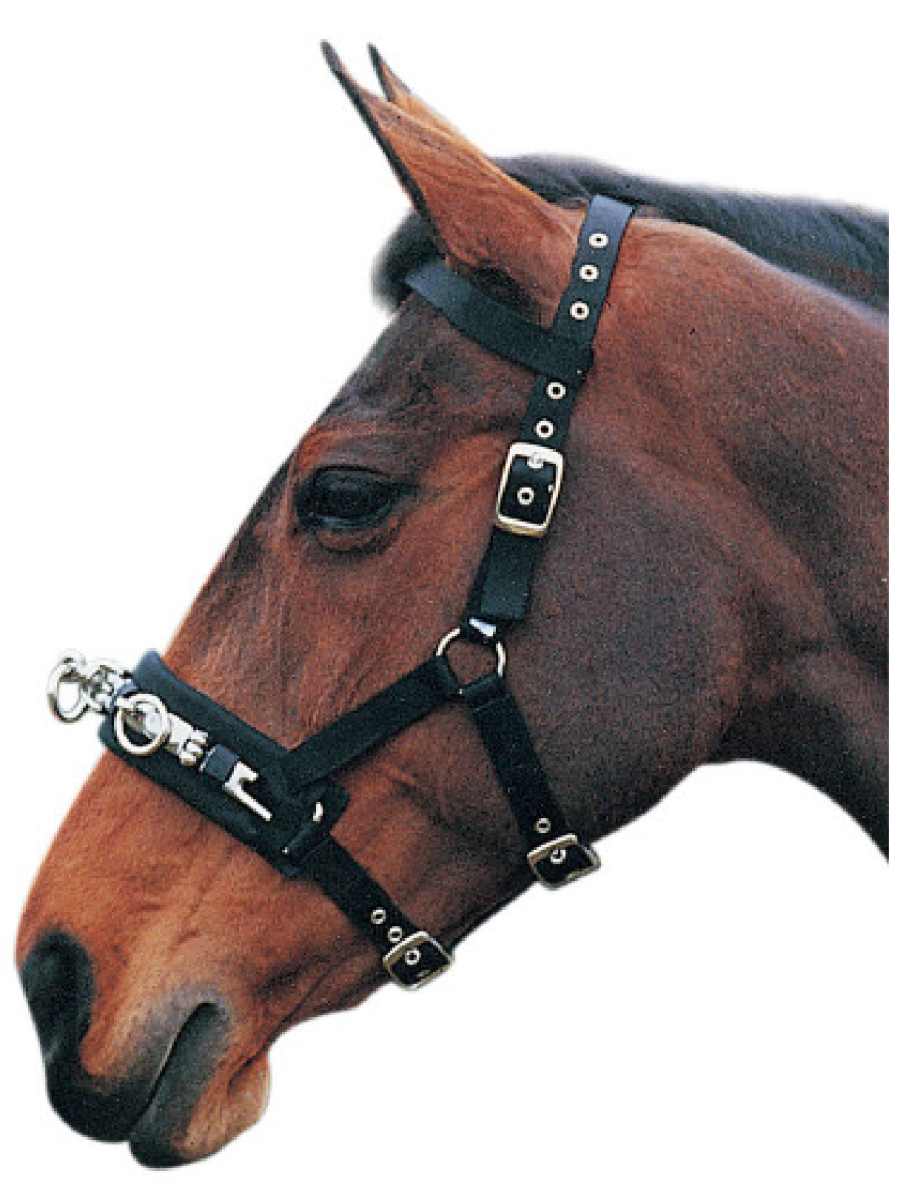
This fully adjustable lunging cavesson has a padded base and strong metal nose fittings. It has stainless steel fixtures and features a browband attachment.
Colour: Black
Sizes: Small, large
RRP £25.50 (US$29)
Buying in the UK? Purchase here
Buying in the USA? Purchase here
Showmaster Lungeing Headcollar Freedom 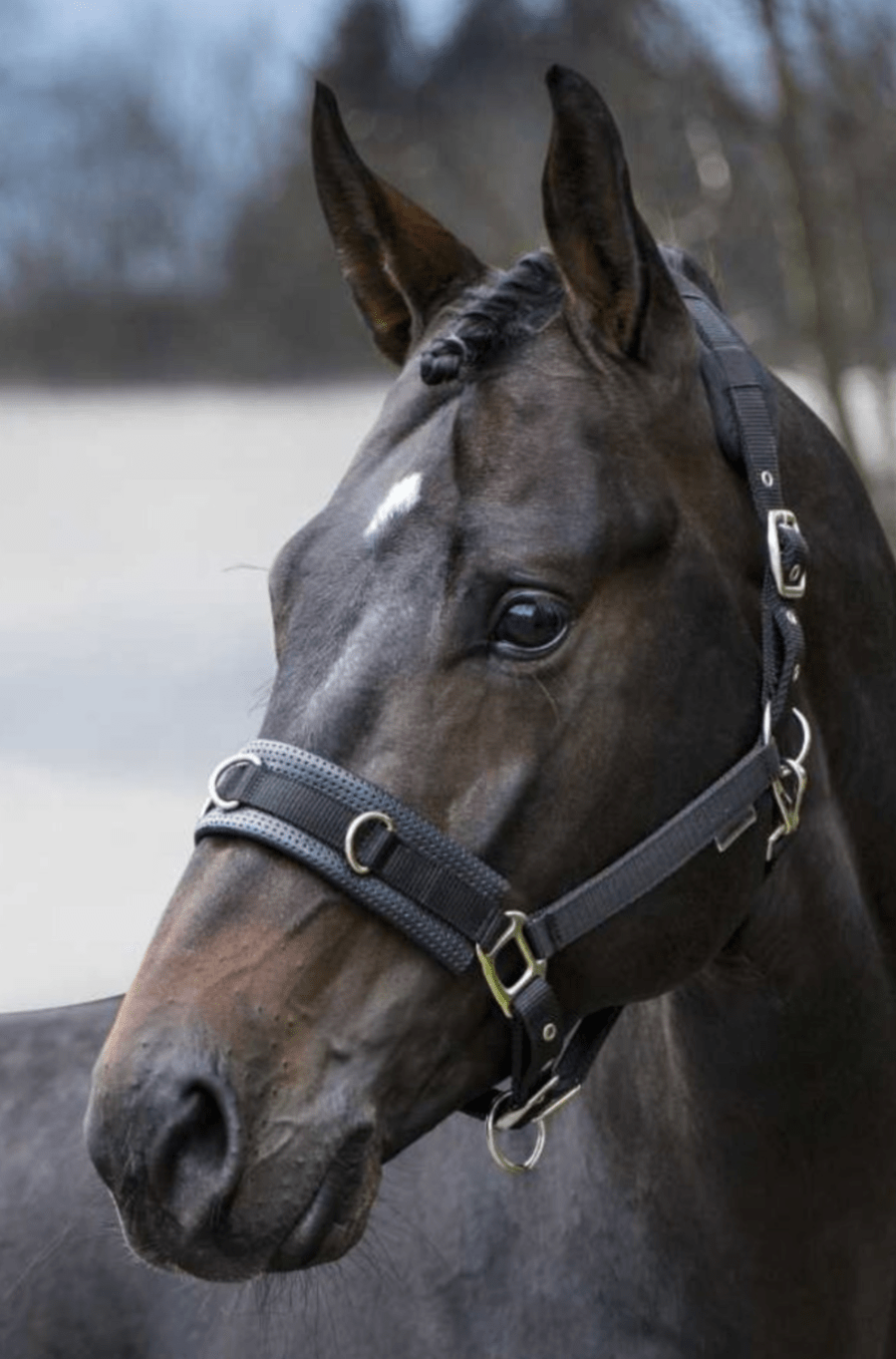
This cavesson also functions as a headcollar and bitless bridle. It has an adjustable headpiece, chin strap and throat lash.
The curved ring on the left cheekpiece prevents pressure caused by the snap hook.
Colours: Black, marine, oregano
Sizes: Shetland pony, pony, cob, full, extra full
RRP £15.90
Buying in the UK? Purchase here
European shipping available
Claridge House Leather Cavesson Soft & Light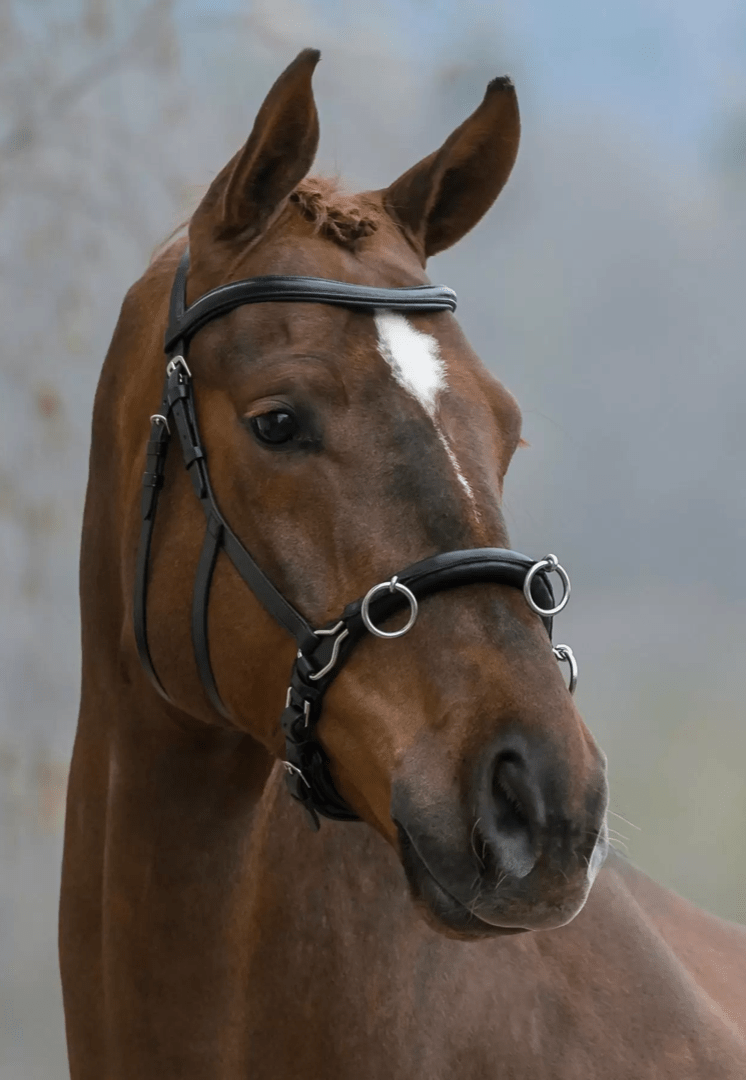
This lightweight leather cavesson has three metal rings for lunge line or rein attachments.
Colour: Black
Sizes: Shetland pony, pony, cob, full, extra full
RRP £59.90
Buying in the UK? Purchase here
European shipping available
Shires Fleece Lined Lunge Cavesson 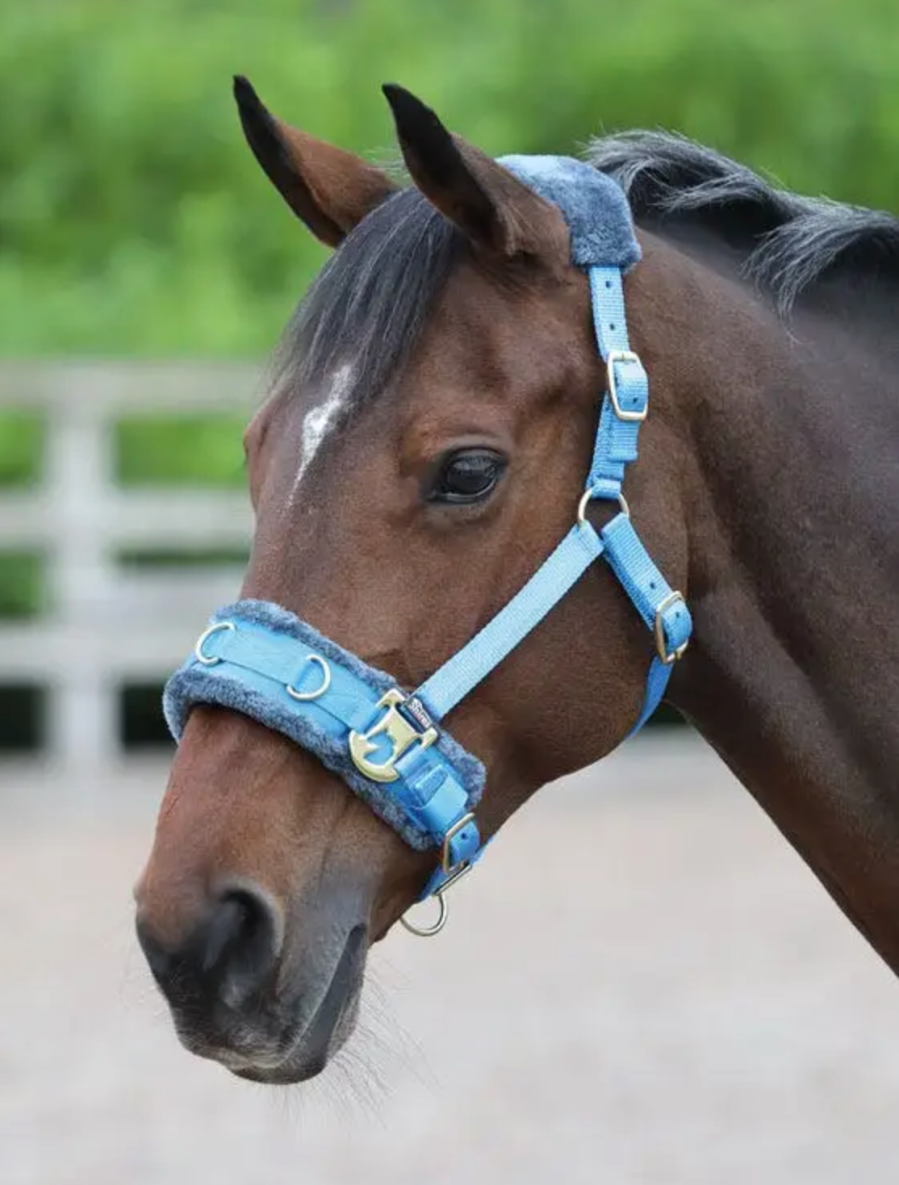
This cavesson has a plush fleece padding on the noseband and headpiece for comfort. It is fully adjustable and comes in a choice of fun colours.
Colours: Blue, pink, navy
Sizes: Pony, cob, full, extra full
RRP £19.99 (US$27.99)
Buying in the UK? Purchase here
Buying in the USA? Purchase here
EquiAmi Lunge Cavesson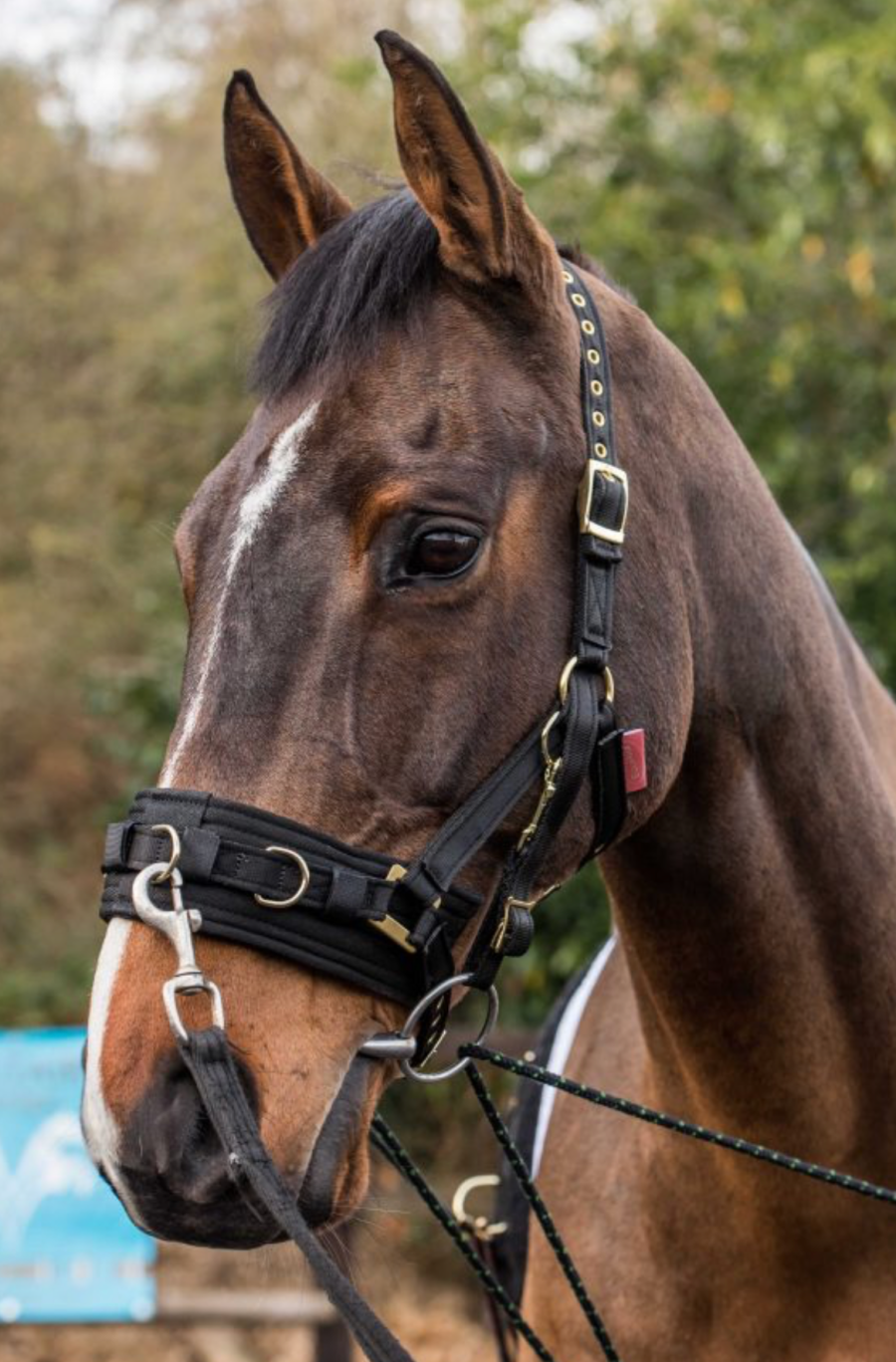
The EquiAmi Lunge Cavesson is lightweight and soft, providing a close fit to eliminate any pinching or rubbing. The broad noseband provides improved comfort for the horse and the detachable bit straps means it can be used without a bridle.
This lunging cavesson was placed as runner-up in the BETA 2012 innovation awards.
Colour: Black
Sizes: Pony, cob, full
RRP £47
Buying in the UK? Purchase here
Delivery to USA and ROW is available
Kincade Lunge Cavesson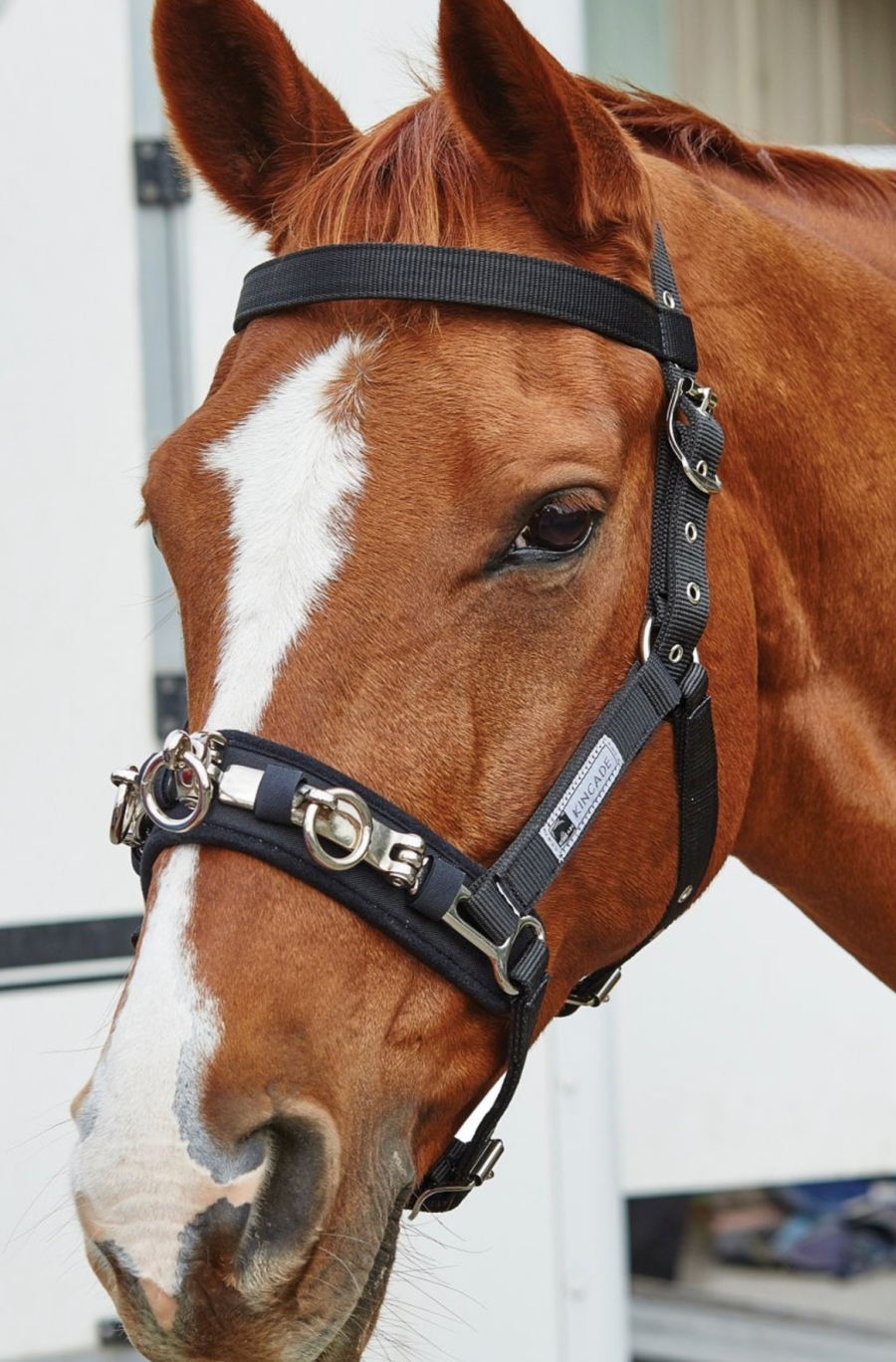
The Kincade lunge cavesson has a padded nose and wide straps.
Colour: Black
Sizes: Cob or full
RRP £32.99 (US$44.99)
Buying in the UK? Purchase here
Buying in the USA? Purchase here
Waldhausen Anatomic Cavesson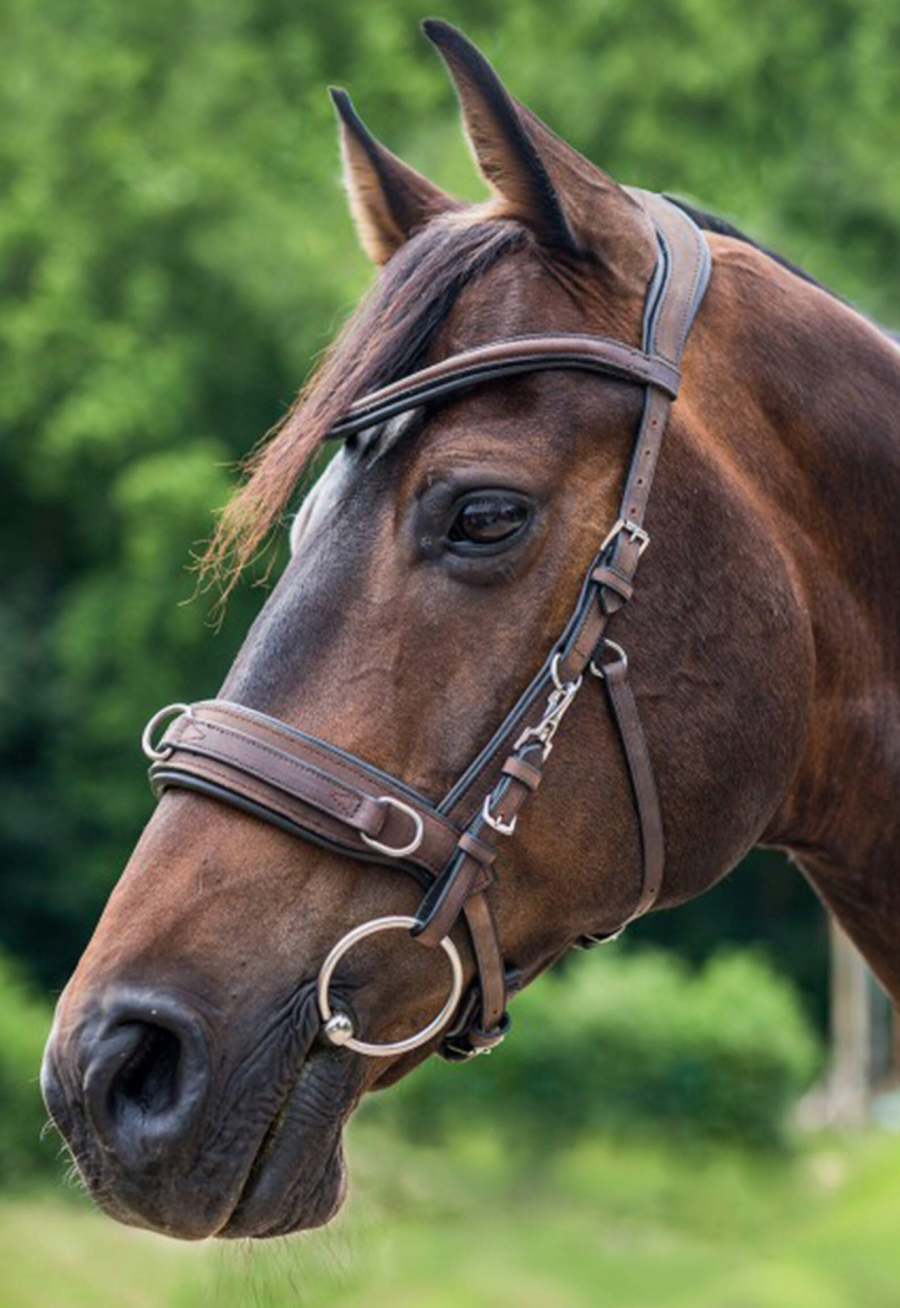
This cavesson has an anatomical cut to provide greater freedom of the ears and cheekbone. It is made from high quality leather and has soft padding for comfort. It can be used with or without a bit.
Colour: Black, brown
Sizes: Pony, cob, full, extra full
RRP £79.99 (US$110)
Buying in the UK? Purchase here
Buying in the USA? Purchase here
Whitaker LCAV Lunge Cavesson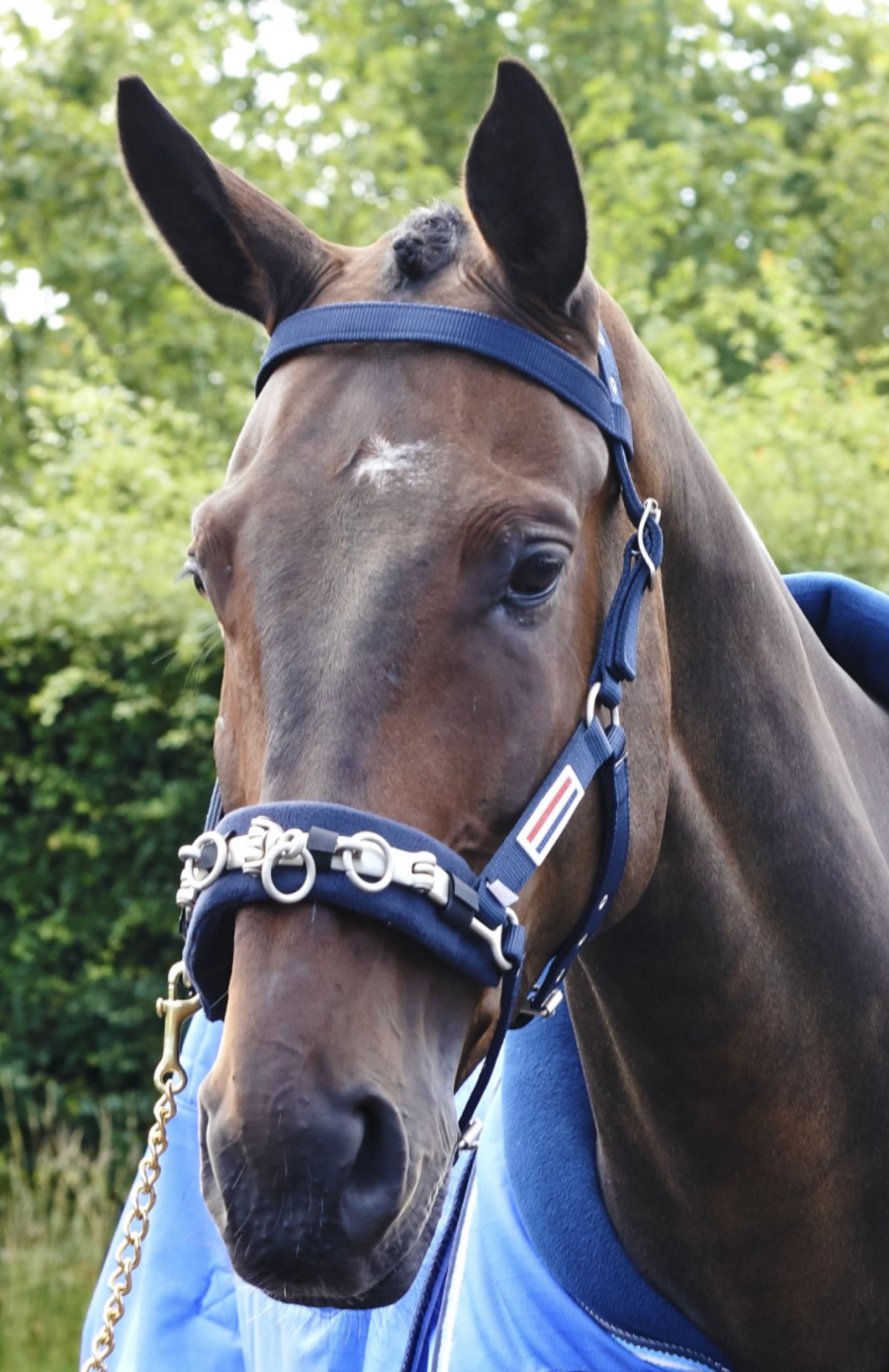
This lunging cavesson is fully adjustable with three D-ring attachments on the noseband. It is made from strong webbing and has a padded noseband.
Colour: Navy
Sizes: Cob, full
RRP From £44.95 (from US$67.67)
Buying in the UK? Purchase here
Buying in the USA? Purchase here
Choosing between a cavesson or bridle
I have two horses: my Irish sports horse Romeo and an ex-racer called Alfie. Depending on the type of lunging session I plan to do with each horse, I’ll use different tack. There are two training aids I use with Romeo: an EquiAmi or bum bands. He tends to be quite on the forehand as he’s very short coupled, so these gadgets help to get him to lift through his core and back.
Romeo is also known for whizzing around, so having a training aid on helps to keep him focused. When I use the EquiAmi I like to lunge him in a bridle and cavesson; it means the lunge line doesn’t interfere with the training aid, as this one attaches to the bit. When he’s in the bum bands, I’ll opt for either a cavesson or his bridle, as these don’t attach to the bridle.
As an ex-racehorse, Alfie hasn’t quite got the memo about lunging just yet, so we do very short sessions without any training aids. If I don’t plan to ride afterwards then I’ll use the lunge cavesson, as he has a sensitive mouth. If I’m just doing a five-minute leg stretch before I hop on to ride, I’ll just lunge in his bridle with a bit coupling.
Basically, all horses are different and the best thing you can do is work out what suits your own horse best.

